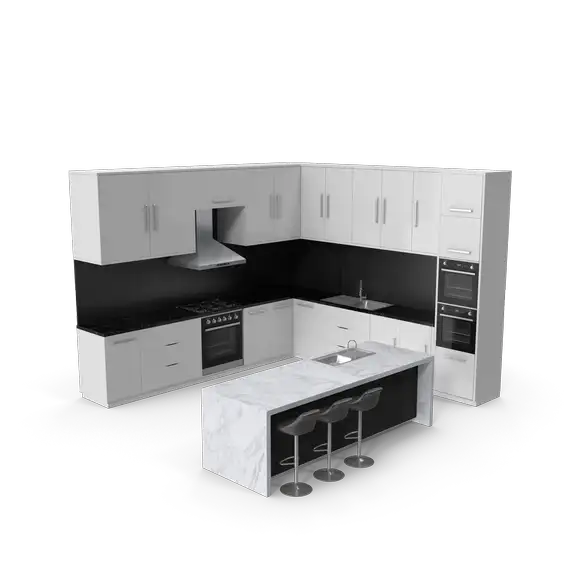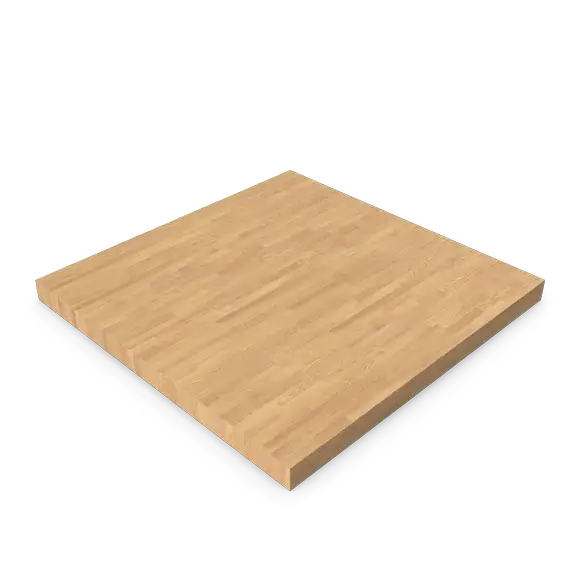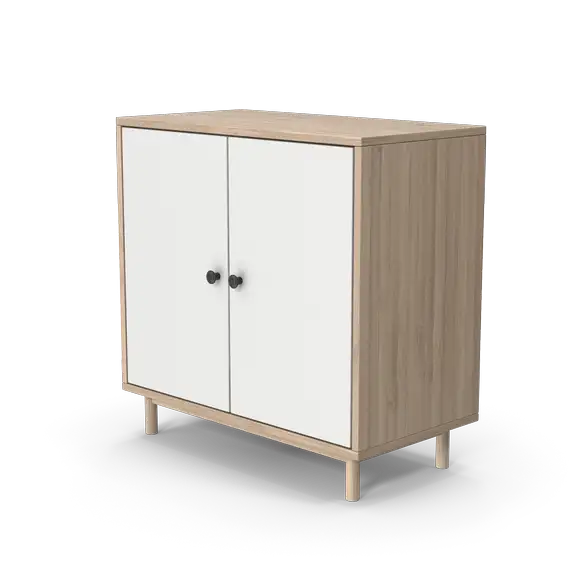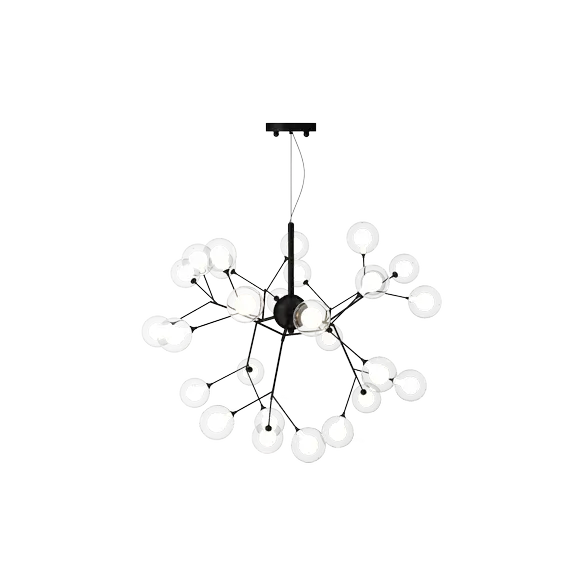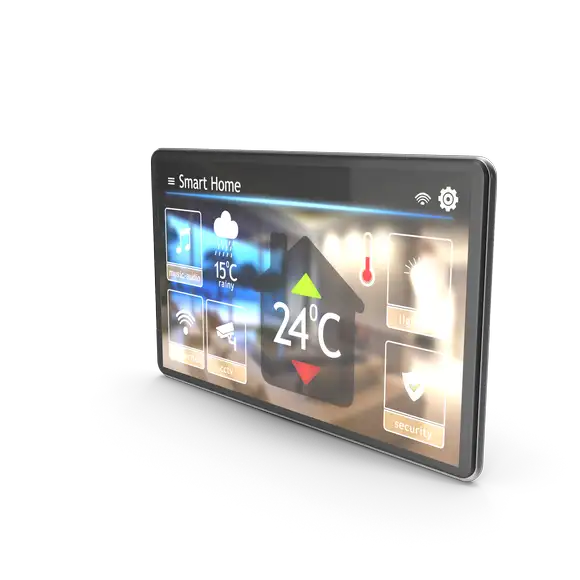What is 3-Phase Power?
3-phase power is a method of electrical power distribution that uses three alternating currents (AC), each set at a phase angle of 120 degrees to each other, which effectively ensures a more constant and balanced energy supply. This system is the standard for transmitting electricity in commercial and industrial settings due to its efficiency and capacity to handle high loads.
Characteristics of 3-Phase Power
- Continuous Power Supply: Unlike single-phase power, 3-phase power never drops to zero, providing a continuous flow of energy that is ideal for systems requiring constant power.
- Efficient Energy Use: It allows for smaller, less expensive wiring and lower currents, translating into lower transmission losses and reduced wear on electrical components.
- High Load Capability: Perfect for applications that demand high power, such as running heavy machinery or large motors.
Common Applications
- Industrial Machinery: Most heavy-duty machinery in manufacturing and production industries operates more efficiently on 3-phase power due to its ability to provide consistent energy.
- Commercial Buildings: Used extensively in large commercial setups for HVAC systems, elevators, and lighting that require robust power distribution.
- Data Centers: Powers high-demand servers and cooling systems crucial for maintaining the operational integrity of data centers.
Installation and Maintenance
- Professional Installation: Installation of 3-phase power systems should be handled by professional electricians with experience in industrial and commercial electrical systems.
- Regular Inspections: To ensure safety and efficiency, 3-phase systems require routine maintenance checks to address potential issues like imbalance or overheating.
Advantages of 3-Phase Power
- Increased Efficiency: Reduces energy consumption and operational costs over time, making it a sustainable choice for power-intensive operations.
- Reliability: Provides stable power supply, reducing the likelihood of power dips and interruptions that could affect sensitive equipment.
- Scalability: Can be easily adapted to meet increasing power demands without significant infrastructure changes.
Challenges
- Complexity in Installation: Requires more complex wiring and equipment setup compared to single-phase systems.
- Higher Initial Cost: The installation of 3-phase power systems can be more costly due to the need for specialized equipment and installation expertise.

